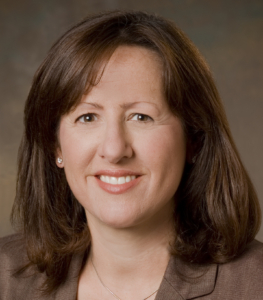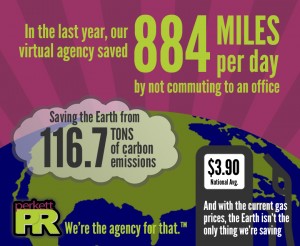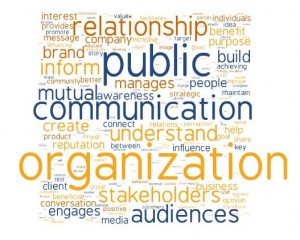Women in Leadership: Dara Brenner, Chief Product Officer, CentralSquare Technologies
The Mindfull Marketing team is excited to share our latest interview with Dara Brenner (Dara Brenner | CentralSquare), Chief Product Officer at CentralSquare Technologies. As an integral member of the leadership team, Dara is known for delivering innovative and disruptive technology solutions that deliver world-class customer experiences. CentralSquare Technologies is the largest independent public sector software provider that powers all aspects of managing local government to build smarter and safer communities. Dara shares insight on her role and how she enjoys mentoring and coaching her Product Management team.

Please tell us a bit about your role as Chief Product Officer.
As the Chief Product Officer at CentralSquare, I am super proud to lead a team of Product Management professionals creating the best solutions to help make our communities smarter, safer, and more connected.
What do you find to be most challenging in your role?
I have been in Product Management for over two decades. Yet, this is the first time I’ve had the opportunity to work in a field where what we do every day impacts the communities in which my family and friends live, as well as the people who keep us safe every day. I can’t think of a more fulfilling way to apply the skills and leadership experience I’ve gained throughout my career.
Can you tell us a little bit about Central Square Technologies and your mission to help the public sector?
CentralSquare’s mission is to provide the broadest, most intelligent, and most unified public sector software suite to power all aspects of managing local government. We are constantly innovating with new solutions in partnership with the communities we serve. More than 8,000 customers trust CentralSquare, which translates to more than 375,000 sworn officers in the US and Canada. In fact, our software supports three-quarters of US citizens daily.
Any recent developments you would like to share?
Two developments have significantly shaped my six months here at CentralSquare:
- We executed a Product Lifecycle process where we announced the End of Life for a set of solutions, and customers are excited about their modernization options. Without this, they would have continued using decades-old products, and now they can take advantage of new technology that will help them better support their communities.
- We are undergoing an agile transformation that will allow for greater visibility, provide additional career opportunities, and help CentralSquare move faster to meet customers’ needs.
What drives you?
Beyond what’s outlined above, I love leveraging technology to solve customers’ business problems. Also, I consider myself very lucky to help coach, mentor, and grow the next executive leaders of Product Management.
What keeps you up at night?
It’s probably working through the next big idea that pops into my head and trying to determine if it’s crazy or viable.
Outside of your career, what are you enthusiastic about?
My family is definitely what I am most enthusiastic about, but beyond that, I’m a huge sports fan, and I also love spending time with family and friends at the lake.
Favorite place to travel?
I’ve been fortunate to have traveled to every continent, with the exception of Antarctica (soon, I hope!). I love to travel to experience the people, food, and culture. However, my favorite place, and one that I’m hoping to revisit soon, is Australia. I was just blown away by the beauty of the country and the people.






